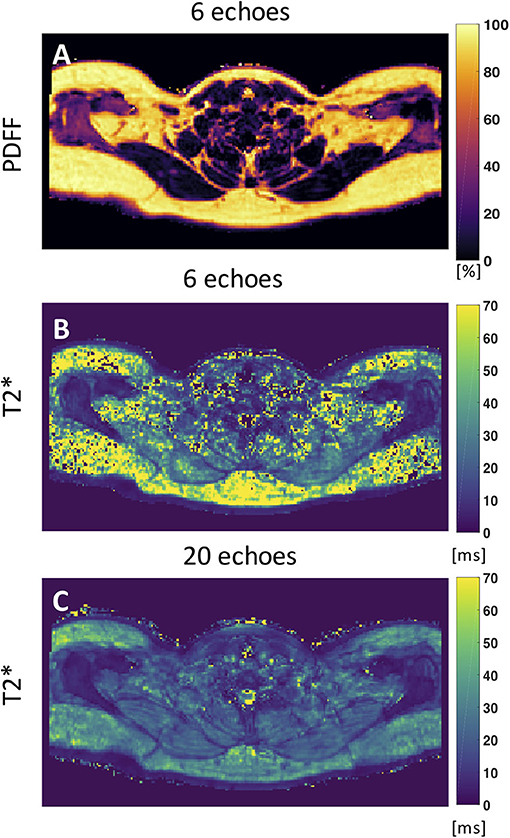
On intravenous urography (IVU), the control/scout film will show a soft tissue mass on either side of the midline with a central isthmus. This is especially the case if the patient is scanned prone, and is an additional argument for scanning patients supine with left and right decubitus positions 2.Īlternatively, the renal tissue located anterior the aorta may be mistaken for retroperitoneal tissue, such as may be seen in lymphoma or metastatic nodal enlargement 2. Unless aware of the typical appearances of a horseshoe kidney, the abnormally rotated and inferiorly located kidney results in poor visualization of the inferior pole and underestimation of the length. The ureters leave the kidneys and pass anterior to the isthmus, which is typically located immediately below the inferior mesenteric artery.Īlso due to the halted ascent, renal vascular anomalies are common: usually, multiple renal arteries arise from the distal aorta or iliac arteries this is important when these patients undergo any procedure, particularly a renal angiogram. Hence horseshoe kidneys are low lying.Īs a result of this fusion the inferior pole of each kidney point medially which is the reverse of the normal renal axis. However, with a horseshoe kidney, ascent into the abdomen is restricted by the inferior mesenteric artery (IMA) which hooks over the isthmus. The normal ascent of the kidneys allows the organs to take their place in the abdomen below the adrenal glands. This latter configuration is referred to as a sigmoid kidney 3. In the remainder, the superior, or both the superior and inferior poles are fused. In the vast majority of cases, the fusion is between the lower poles (90%) 13.

They are connected by an isthmus of either functioning renal parenchyma or fibrous tissue.

Horseshoe kidneys are found in approximately 1 in 400-500 adults and are more frequently encountered in males (M:F 2:1) 1-3.


 0 kommentar(er)
0 kommentar(er)
